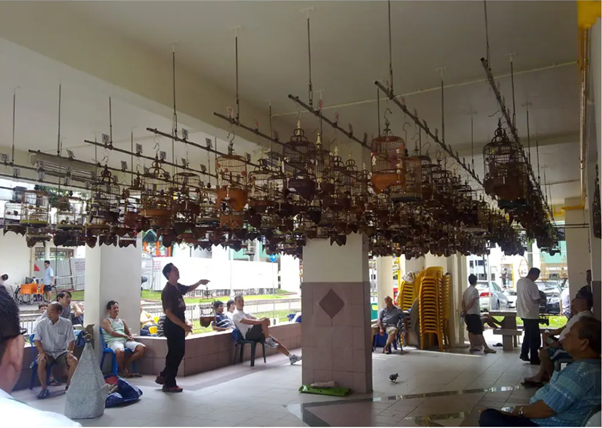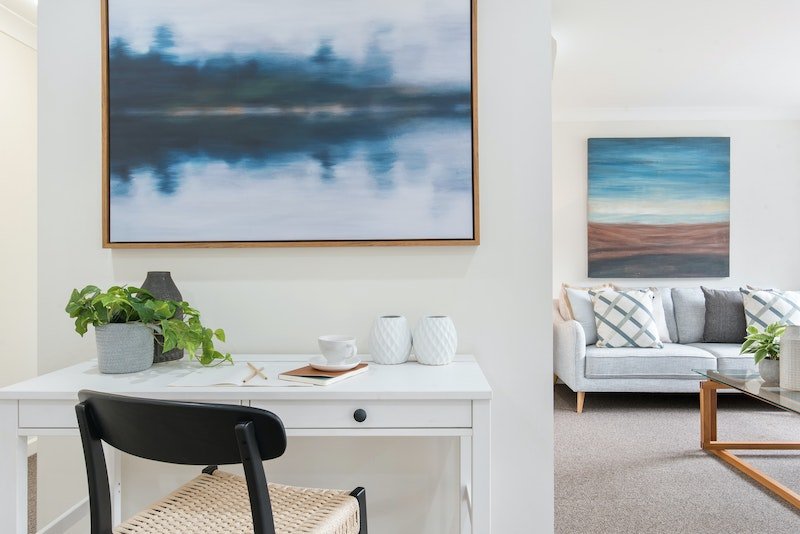Key Tenets of Stakeholder-Led Placemaking and Capitalising the Value of Art, Culture and Heritage
A well-managed place with a high level of stakeholder participation and commitment sees greater ownership, such that ideas and solutions can be better implemented to benefit and meet the needs of the neighbourhood and the community. One way to do this is to bring out the distinctive character of the space and capitalise on its unique art, culture and heritage. Mr Wilson Tan, Deputy Chairman of the National Arts Council and Chairman of Arts House Limited, and Mr Anupam Yog, Advisor to the World Cities Culture Forum, Managing Partner of Light on Life and Founder of The Big Sit, discussed the key principles to stakeholder-led placemaking and their experiences when it comes to shaping spaces to bring out their art, culture and heritage.
Adapted from an edition of the People & Places Partnership webinar series presented by URA.
A Singaporean’s Perspective: Key Tenets of Placemaking
Trust: Partnership among Stakeholders
In Singapore, we often hear of Public-Private Partnerships, and it is precisely the high degree of trust between the public and private sectors that allows them to work hand in hand. Beyond the Urban Redevelopment Authority, many other public agencies like the Land Transport Authority, National Parks Board, National Environment Agency, Housing & Development Board and Singapore Land Authority work closely with one another and other private stakeholders, with trust as a central element to placemaking.
Identity: Tangible or Intangible
A place’s identity stems from both the tangible and intangible. Tangibly, we look to the architecture of a space – whether it is modern, colonial-era or has been around for a while and create a semblance of identity on its own. On the other hand, the place could have played host to various groups of people, with these communities imprinting onto the place’s identity.
Community: Followship versus Fellowship
With the rise of a social media savvy population, the way we build communities in Singapore is changing. Many Singaporeans follow and rally around influencers, social media trends, and key opinion leaders. In doing so, some of us come together and form a fellowship of our own, determined to make a change for the better. This is akin to how a group can come together in placemaking, believing that they can make a difference in a particular place. Structure: Organisation and Funding
Organisational structure is essential to placemaking. Without it, placemaking efforts will be largely ad-hoc and struggle to stay afloat in the long-term. Longevity is also related to funding, which is necessary to sustain a long-term sense of place.
Placemaking Sensibilities in Singapore
Sensibilities are an understanding of or ability to decide what is good or valuable. In our local context, various factors like Arts, Culture, Ethnicity, Locale and Heritage play a significant role in deciding what aspects of a place are important or meaningful to people and the larger society. These factors shape how people perceive places in Singapore, whether it is our hawker culture or our multicultural national identity. In the face of the climate crisis today, we must also consider environmental and sustainability factors along with the need for inclusivity due to our diverse people groups and demographics.

The vibrancy of precincts is not the product of any single attraction, but the result of the people and communities coming alive using the spaces within them. Zooming into the Civic District, we can see how the key tenets of placemaking feature throughout the area, along with some of the above-mentioned sensibilities. (Photo: William Cho)
Mindfulness-based Placemaking: A New Approach
Mindfulness-based Placemaking can be thought of as an intentional, activation-based, tactical approach to deepen the connections between people and the places they inhabit. By putting the ‘public’ back into public spaces, we can transform spaces into places that hold meaning to the community.
Cultural Contestations in Singapore: (A)void Deck?
The void deck is an important part of Singapore’s urban heritage. As much as they can pose a challenge to placemaking, they can also be an opportunity. Having come under the negative spotlight in recent years, we must make the intentional decision to see how this asset can be conserved, innovated upon, and used creatively. After all, it is through everyday activities that culture is fostered.

Void decks in HDB blocks can be just as much of an opportunity as they are a challenge in placemaking. With meaningful activities suited to the community, we can transform void decks into loveable places that people can enjoy. (Photo: National Heritage Board)
Compassion Made Possible
Human-centred design thinking has become more prominent across all aspects of life, and compassion can be seen as a key tool in implementing design thinking. In Singapore, building on our national brand of ‘Passion Made Possible’, we may want to look inward and see compassion as a quality to address some of the challenges within places.
Bringing Compassion to the Central Business District: The Big Sit
One example of compassion in placemaking is the mindfulness gathering at Guoco Tower, aptly known as The Big Sit. While the activity’s popularity was somewhat surprising to its founder, Anupam Yog, it suggests that there is a latent demand within the city for peaceful activities where participants may relax and focus on their mental health. The intentional design of inclusive urban spaces like Guoco Tower’s Urban Park not only supports placemaking activities like The Big Sit, but also allows for the creation of participatory public art, which engages community members in the planning and creation of the art itself. In some ways, public art can be considered as a form of public health in and of itself, as public art created and installed in community spaces can impact community health in multiple ways.

The design of intentional and inclusive public spaces supports community activities like The Big Sit which allow individuals to improve their mental wellbeing. These activities not only create a sense of place in the city, but also help to activate public spaces in a meaningful way. (Photo: The Big Sit)
In Conclusion
Each place has its own unique art, culture, and heritage that contribute to the key tenets and sensibilities of placemaking. Ultimately, placemaking is a journey, not a destination. If we can get different generations of stakeholders to come together and work intentionally towards making the precinct a better place, that is when we can truly say that a place has its own life, heartbeat, and momentum.



